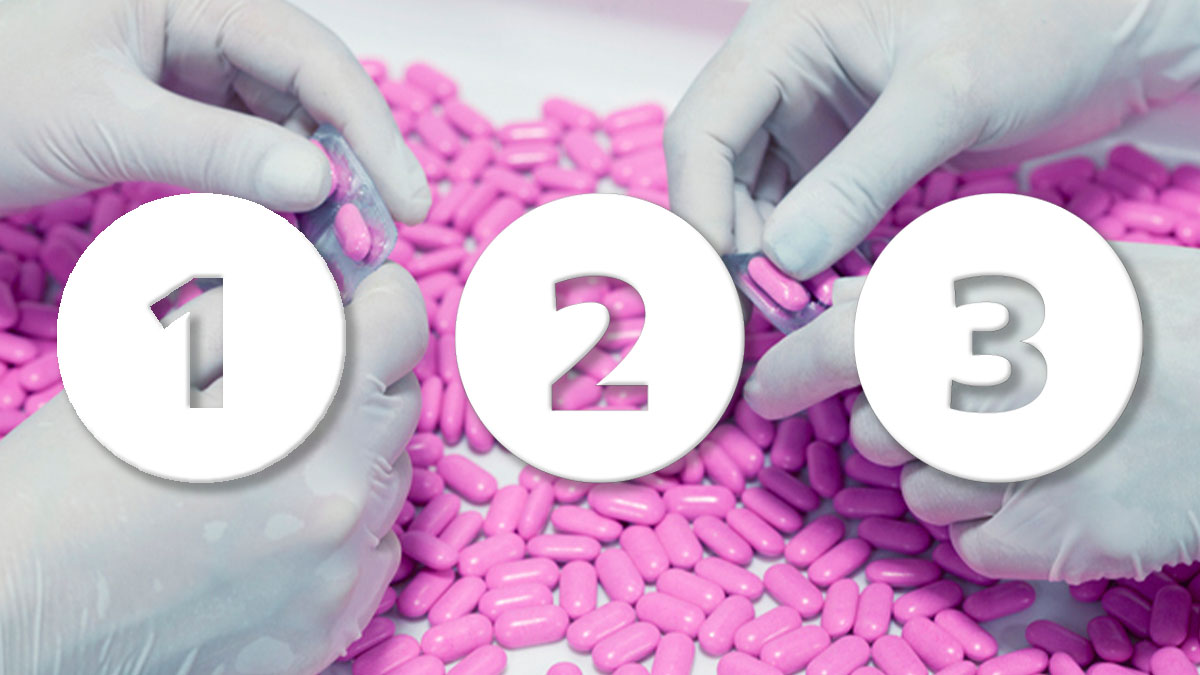3 Steps to Ensure Data Integrity for Drug Development
Of the 95 warning letters issued by the FDA in 2018 – 54 of them involved data integrity. As with any industry, success depends on following quality standards throughout all aspects of work. For the pharma cycle, it’s extremely vital because drugs that make it to market are expected to be trustworthy. This requires an honest, accurate, and dependable workflow in all phases of production – with the receipts to prove it.
The FDA defines data integrity as the completeness, consistency, and accuracy of all data. This entails sharing all aspects of the data, the good and the bad. It also means being consistent in how data is reported (e.g., providing instrument serial number, time stamps, tech names). Lastly, the information should be accurate and authentic.
Prioritize these three steps to ensure data integrity in your labs:
- Follow the ALCOA system
ALCOA represents the who, what, where, when, and why used on the audit trail.- Attributable: Who is the analyst, and what instruments are they using? Document every stage of the process.
- Legible: What does the data say? Make sure it is all legible if it must be written by hand. It’s even better to replace hand-written workflows with digital solutions.
- Contemporaneous: When was the test performed? Do vital documentation immediately to avoid human error.
- Original: Data should not be altered – numbers should never be changed in the recording process.
- Accurate: Authentic information only.
- Heed new FDA guidelines
FDA-issued data integrity letters have increased 550% over the past six years. In 2018, the FDA published the Data Integrity Compliance with Drug CGMP Questions and Answers, made up of 18 questions that cover data integrity with the intention of ensuring organizational value that starts at the executive level and trickles down. Questions address a variety of topics: computer system access, shared logins, and who should review audit trails. - Require audit trails
An audit trail is a secure, electronic record that follows the creation, modification, and deletion of data. This will name the scientists who managed the data, when the work occurred and the processing details. Any changes made to data will require an explanation for the change.
Other steps include putting access controls in place. For more information, view our full data integrity checklist here.

